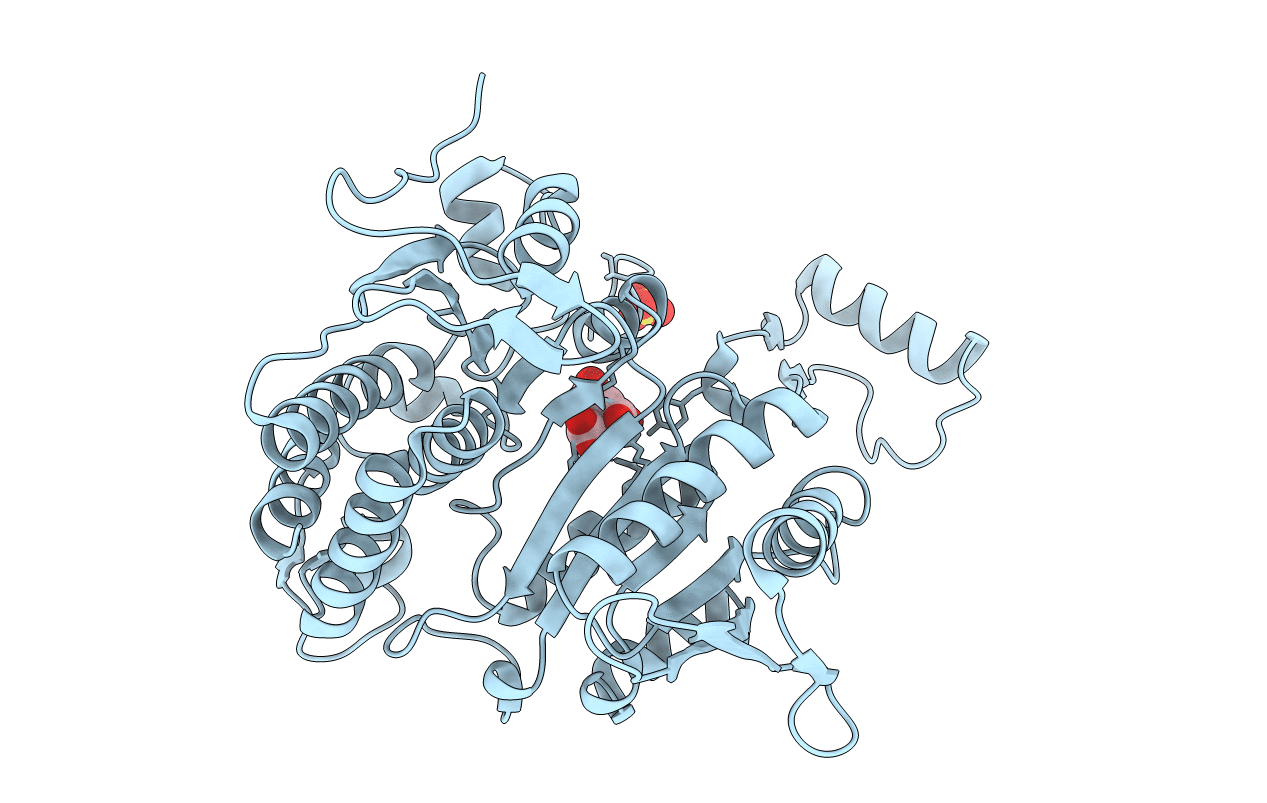
Deposition Date
2013-05-16
Release Date
2014-05-21
Last Version Date
2023-12-20
Entry Detail
PDB ID:
4BNP
Keywords:
Title:
3D structure of E. coli Isocitrate Dehydrogenase K100M mutant in complex with isocitrate and magnesium(II)
Biological Source:
Source Organism:
ESCHERICHIA COLI (Taxon ID: 83333)
Host Organism:
Method Details:
Experimental Method:
Resolution:
2.00 Å
R-Value Free:
0.19
R-Value Work:
0.16
R-Value Observed:
0.16
Space Group:
P 43 21 2


